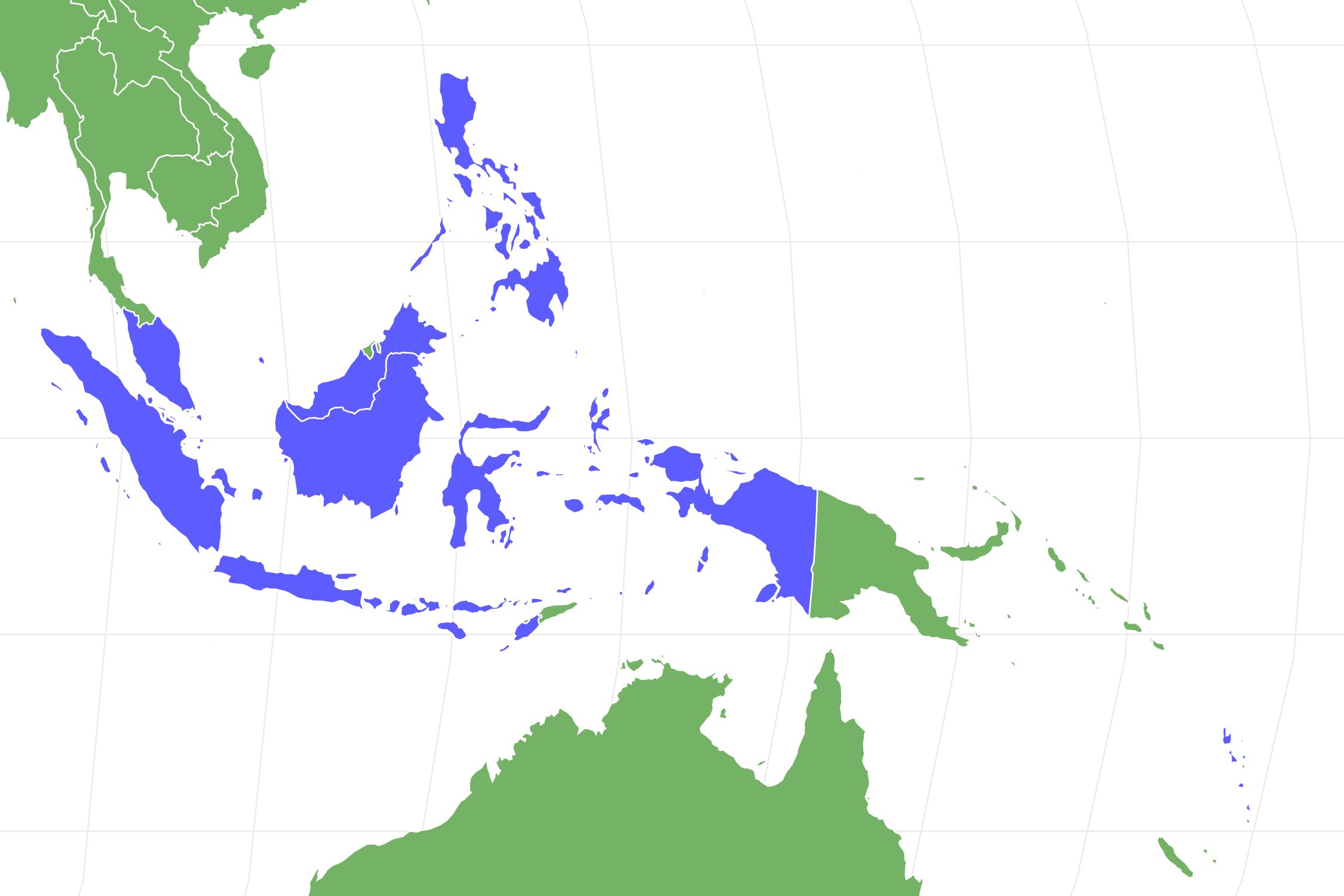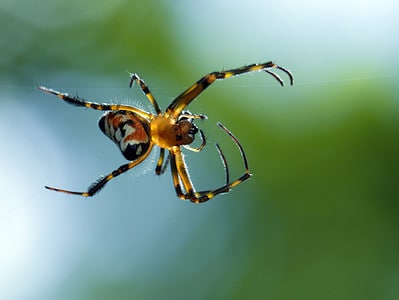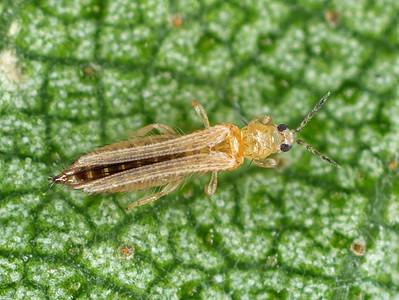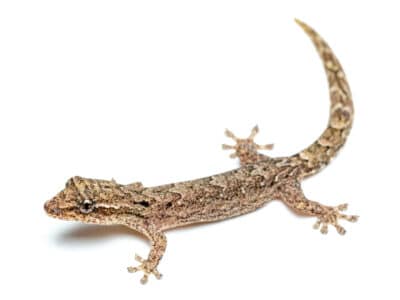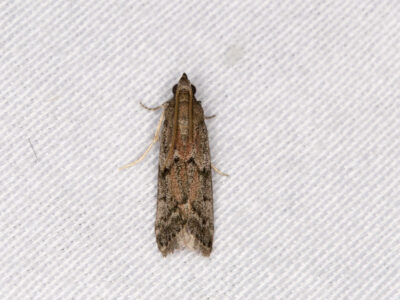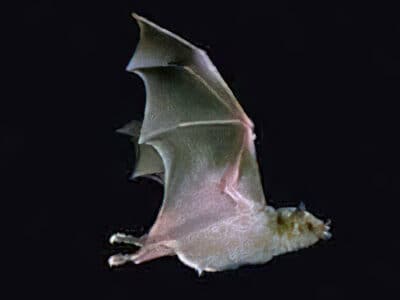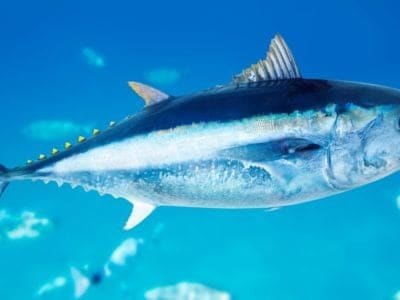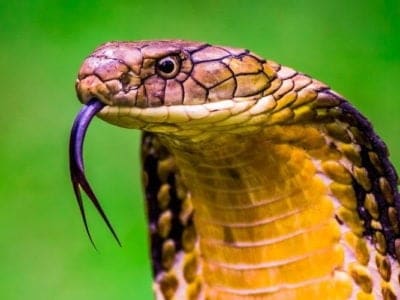Chromodoris Willani
Chromodoris willani
These sea slugs have both male and female sex organs!
Advertisement
Chromodoris Willani Scientific Classification
- Kingdom
- Animalia
- Phylum
- Mollusca
- Class
- Gastropoda
- Order
- Nudibranchia
- Family
- Chromodorididae
- Genus
- Chromodoris
- Scientific Name
- Chromodoris willani
Read our Complete Guide to Classification of Animals.
Chromodoris Willani Conservation Status
Chromodoris Willani Facts
- Name Of Young
- Veliger
- Group Behavior
- Solitary/Pairs
- Fun Fact
- These sea slugs have both male and female sex organs!
- Biggest Threat
- Fish
- Most Distinctive Feature
- Blue mantle
- Other Name(s)
- Willan's Chromodoris
- Predators
- Fish, crabs, lobsters
- Diet
- Carnivore
- Number Of Species
- 1
- Location
- Indo-Pacific region
- Slogan
- Their skin is toxic
Chromodoris Willani Physical Characteristics
- Color
- Blue
- Black
- White
- Skin Type
- Smooth
- Venomous
- No
- Aggression
- Low
View all of the Chromodoris Willani images!
Chromodoris willani is a sea slug commonly known as Willan’s chromodoris. This marine gastropod inhabits the Indo-Pacific region along the coasts of several countries including Indonesia, Malaysia, and the Philippines. Like other sea slugs within the family Chromodorididae, it is notable for its colorful mantle and lack of shell. Because it secretes toxins within its skin, it is generally unsafe to consume. It uses this toxicity and its colorful mantle to ward off predators.
5 Chromodoris willani Facts
- Toxic skin: Willan’s chromodoris secretes toxins in its skin, making it dangerous for predators.
- Colorful: Although Willan’s chromodoris may not be as brightly-colored as other members of its genus Chromodoris, it is still notable for its dark to light blue mantle and dark stripes. Its colorful mantle is a warning to predators that it could be toxic.
- No shell: Like other nudibranchs, this species of mollusk lacks a protective shell.
- Feeds on sponges: This sea slug feeds on sponges near the bottom of the ocean. Because sponges are technically animals and not plants, this habit makes Willan’s chromodoris carnivorous.
- Simultaneous hermaphrodite: These sea slugs are simultaneous hermaphrodites, which means each individual has both male and female sex organs. At mating time, they vie for dominance with the dominant individual acting as the male.
Chromodoris willani Classification and Scientific Name
Chromodoris willani is the scientific name for Willan’s chromodoris, a species of sea slug within the genus Chromodoris. These marine gastropod mollusks belong to the family Chromodorididae (a group of colorful sea slugs) and the superfamily Doridoidea (dorid nudibranchs or shell-less sea slugs). They also fall within the order Nudibranchia (shell-less mollusks) and the class Gastropoda (slugs and snails).
Chromodoris willani Appearance

has black stripes that mark its dorsal region, including a broken middle stripe.
©iStock.com/BrettPetrillo
Chromodoris willani is an oval-shaped sea slug with an overhanging mantle and the tail of the foot sticking out from underneath. The mantle ranges in color from dark or light blue to translucent white. Notably, it lacks a shell of any kind. Black stripes mark the dorsal region, including a broken middle stripe, with various bright specks on the rhinophores and gills. Additionally, this species uses its protruding rhinophores to sense chemicals in the water. As a medium-sized sea slug, it typically measures between one and two inches in length.
Chromodoris willani Distribution, Population, and Habitat
Chromodoris willani inhabits areas of the Western Pacific Ocean in the Indo-Pacific region. Its range includes the coasts of Indonesia, Malaysia, Thailand, the Maldives, the Philippines, and Vanuatu. The species occurs along the ocean floor in tropical waters at depths of at least 115 feet. Additionally, it is a common sight on seaward reefs as well as in sandy or rocky areas. Typically, these sea slugs are solitary when not mating, but they do sometimes occur in pairs.
The IUCN does not currently include Willan’s chromodoris on its Red List. The species does not appear to be endangered at this time.
Chromodoris willani Evolution and History

The ability of
Chromodoris willanito advertise its toxicity through brightly-colored mantles is an added evolutionary advantage.
©iStock.com/hansgertbroeder
Dorid nudibranchs lack a fossil record, making it difficult to tell when they first began to evolve and diversify. This is due to their unshelled soft bodies, which do not fossilize well. Their closest relatives in the fossil record are the Pleurobranchoidea from the early Miocene Epoch (about 22 million years ago). These organisms had very small shells.
Dorid nudibranchs most likely evolved their ability to absorb chemicals from their prey prior to losing their shells. Developing natural toxicity allowed them to easily deter predators, enabling them to dispense with their protective shells. The ability to advertise this toxicity through brightly-colored mantles is an added evolutionary advantage. Like other members of its genus, Chromodoris willani has this ability, though its colors are less flamboyant than those of related species.
Chromodoris willani Predators and Prey
Like many species of sea slugs, Willan’s chromodoris is carnivorous, using radulas to shred and consume food. Then it draws the food down into its esophagus.
What Does Chromodoris willani Eat?
Willan’s chromodoris feeds on sponges along the seafloor. Notably, it feeds on sponges from the family Thorectidae like Petrosaspongia mycofijiensis and Semitaspongia species. As it consumes its prey, it also consumes the chemicals present in their bodies. These chemicals may prove toxic to predators. With few other natural defenses, this is essential in helping it discourage predation.
What Eats Chromodoris willani?
Potential predators of this species include various species of fish as well as crabs and lobsters.
Chromodoris willani Reproduction and Lifespan
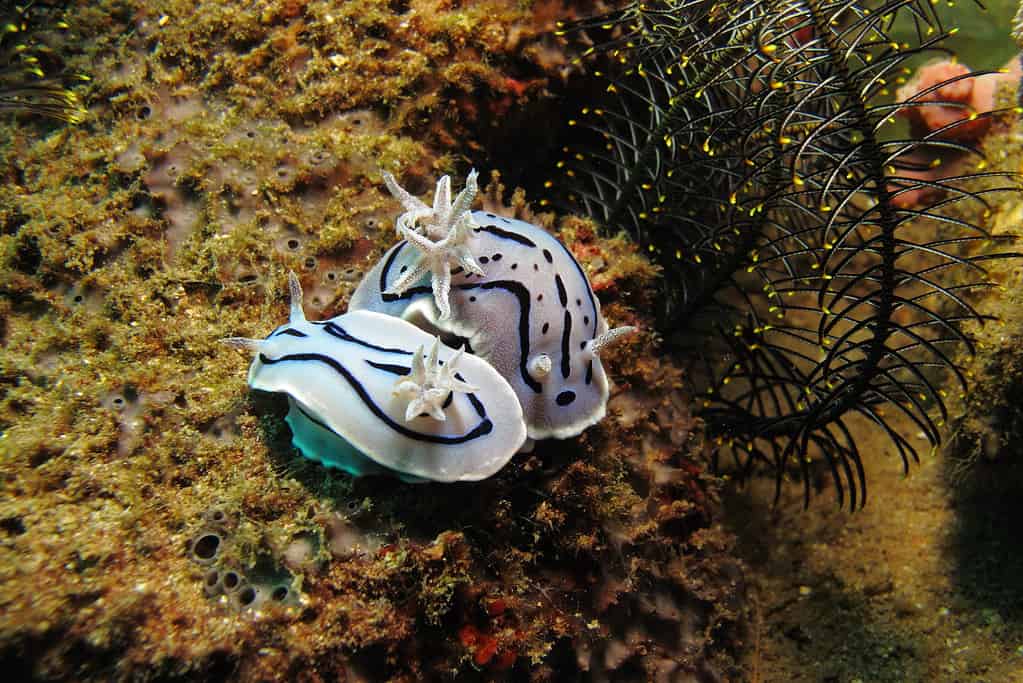
Willan’s chromodoris are simultaneous hermaphrodites with the dominant individual acting as the male when mating.
©Ye Choh Wah/Shutterstock.com
The species Chromodoris willani is a simultaneous hermaphrodite, which means each individual has both male and female sex organs at the same time. When preparing to mate, both individuals present their male genitalia in an effort to assert dominance. The dominant specimen acts as the male, using its penis to penetrate the other’s body wall.
The receptive individual deposits the fertilized eggs in a ribbon pattern on a substratum. After this, the eggs hatch to release the planktonic larvae (veligers). The egg ribbons are toxic and brightly colored to deter predators.
Willan’s chromodoris typically lives up to one year in the wild, though it may possibly live as long as four years.
Chromodoris willani in Fishing and Cooking
Willan’s chromodoris absorbs chemicals from its prey and subsequently secretes them as toxins from cells in its mantle, making it dangerous to consume. For this reason, although some species of sea slugs are a delicacy in parts of the world like Asia, people do not use Chromodoris willani in cooking. The term “sea slug” can also refer to sea cucumbers (class Holothuroidea), many of which are edible.
This species is available in some areas as an aquarium pet. However, only expert pet owners should attempt the care of this animal as it tends to be sensitive to its environment.
Related Animals:
View all 235 animals that start with CChromodoris Willani FAQs (Frequently Asked Questions)
Where is Chromodoris willani found?
Willan’s chromodoris inhabits the Western Pacific Ocean in the Indo-Pacific region. This includes Indonesia, Malaysia, Thailand, the Maldives, the Philippines, and Vanuatu.
Is Chromodoris willani endangered?
The IUCN does not currently include Willan’s chromodoris on its Red List.
Can you eat Chromodoris willani?
Willan’s chromodoris absorbs chemicals from its prey and secretes them as toxins from cells in its mantle, making it unsafe to consume. Other species of sea slugs may or may be safe. Nudibranchs should not be confused with sea cucumbers, which are also known as sea slugs.
Is Chromodoris willani dangerous to humans?
This species is not dangerous to humans unless consumed.
How long does Chromodoris willani live?
This species typically lives up to one year, though some individuals may possibly live up to four years.
Does Chromodoris willani have legs?
Like other nudibranchs, Willan’s chromodoris lacks legs.
Thank you for reading! Have some feedback for us? Contact the AZ Animals editorial team.
Sources
- Sea Life Base, Available here: https://www.sealifebase.ca/summary/Chromodoris-willani.html
- Sea Slug Forum, Available here: http://www.seaslugforum.net/factsheet/chrowill
- Nudibranch Domain, Available here: https://nudibranchdomain.org/product/chromodoris-willani/
- World Register of Marine Species, Available here: https://www.marinespecies.org/aphia.php?p=taxdetails&id=558217
- VALDÉS, ÁNGEL, Phylogeography and phyloecology of dorid nudibranchs (Mollusca, Gastropoda), Biological Journal of the Linnean Society, Biol J Linn Soc 2004, Available here: https://academic.oup.com/biolinnean/article/83/4/551/2701477

